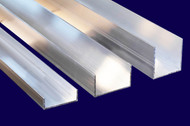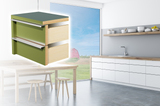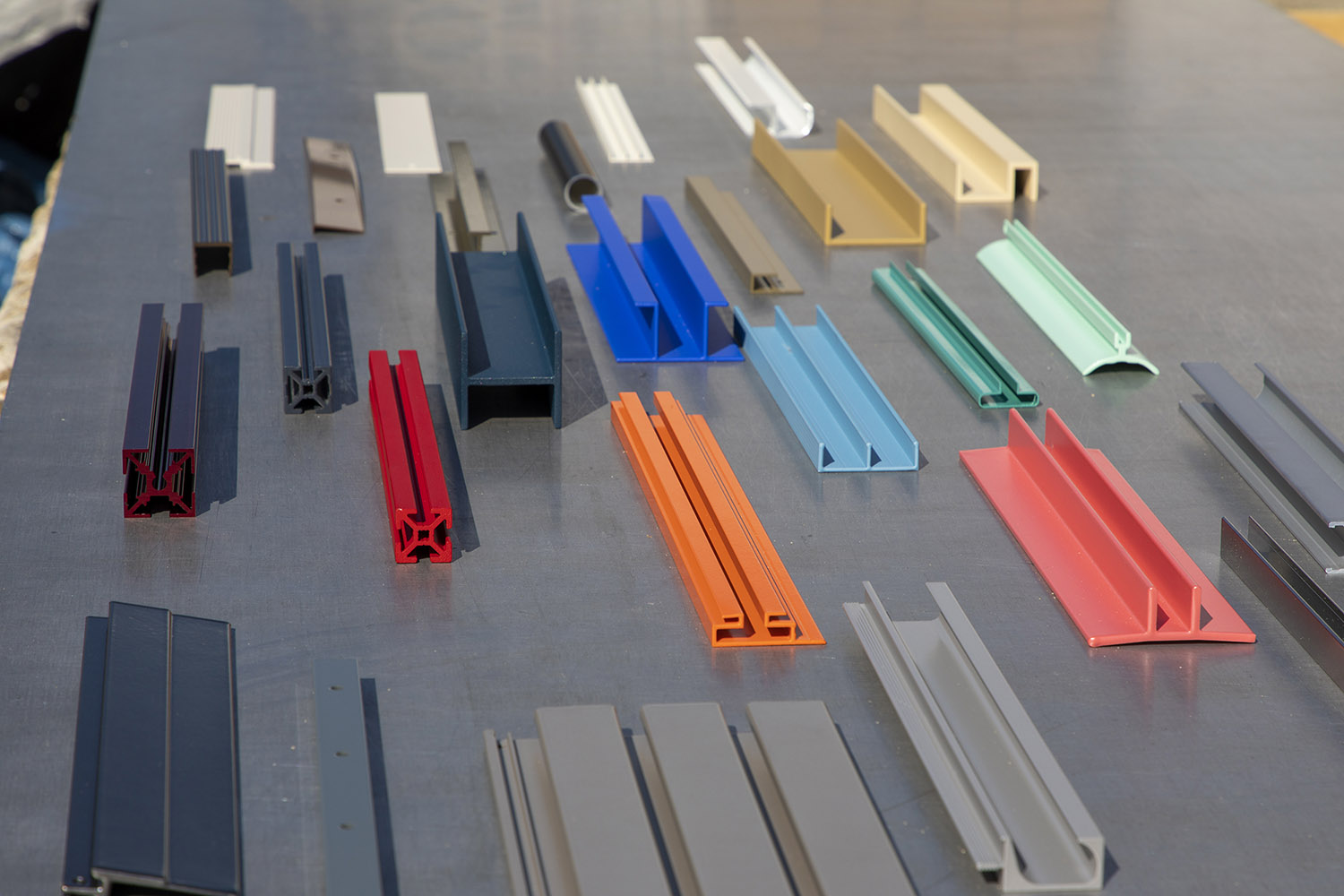A Comprehensive Guide to Different Extruded Aluminum Channels

Extruded aluminum channels are widely used in various industries due to their versatility and durability. These channels come in a range of shapes and sizes, each designed for specific applications. In this article, we will explore the different types of extruded aluminum channels and their uses, providing you with valuable insights to help you make informed decisions for your projects.
U-Channels:
U-channels, also known as architectural channels, are one of the most common types of extruded aluminum channels. They feature a "U" shape and have equal-sized legs, making them suitable for applications where structural support and edge protection are essential. U-channels are often utilized in architectural designs, framing systems, and manufacturing equipment.
C-Channels:
C-channels are similar to U-channels but feature a distinct "C" shape with one open side. This design allows for easy sliding of other components, making C-channels suitable for applications such as sliding door tracks, conveyor systems, and framework construction. The open side of the channel also provides additional flexibility for attaching accessories or mounting brackets.
Z-Channels:
Z-channels, as the name suggests, have a unique "Z" shape. They are characterized by two flanges that run parallel to each other and are connected by a vertical web. Z-channels are commonly used for applications that require extra strength, such as load-bearing structures, shelving systems, and support frames. Their design allows for efficient weight distribution and increased rigidity.
Hat Channels:
Hat channels, also known as furring channels, have a distinctive hat-like shape. They feature two horizontal flanges connected by a vertical web, similar to the design of Z-channels. Hat channels are primarily used in construction applications, particularly for attaching drywall or paneling to walls and ceilings. Their design helps improve the structural integrity of the surface and provides a secure base for fastening materials.
T-Channels:
T-channels, as the name implies, resemble the letter "T." They consist of a vertical web connected to a horizontal top flange, creating a T-shaped profile. T-channels offer versatility and are widely used for applications such as framing, supports, and reinforcement. Their design allows for easy integration of other components and provides stability in various structural systems.
H-Channels:
H-channels are similar to T-channels but feature an additional horizontal bottom flange, forming an "H" shape. This design enhances the load-bearing capacity of the channel, making H-channels suitable for heavy-duty applications. They are commonly used in construction, infrastructure, and industrial projects where strength and stability are crucial.
Extruded aluminum channels come in various shapes and sizes, each designed to serve specific purposes. U-channels, C-channels, Z-channels, Hat channels, T-channels, and H-channels offer a range of applications across different industries. By understanding the characteristics and uses of these channels, you can make informed decisions and select the appropriate type for your specific project requirements. Whether you need structural support, edge protection, or enhanced load-bearing capabilities, there is an extruded aluminum channel designed to meet your needs.



